EditorIntroduction
On November 13, the first “Clinical Practice Guidelines for Hypertension in China” was released, lowering the standard for hypertension to ≥130/80 mmHg, which sparked heated discussions. Western medicine measures blood pressure using a sphygmomanometer, while recent research has summarized that hypertension also has specific manifestations in TCM pulse diagnosis. It is not just the well-known “string pulse” but a more comprehensive “composite pulse pattern” —
As the pace of life accelerates and survival pressures increase, hypertension has become a prevalent condition, increasingly affecting younger individuals. I remember during my internship in the endocrinology department of Jinan Traditional Chinese Medicine Hospital, a senior doctor remarked on the pulse of hypertension, saying, “The pulse of hypertension is definitely different.” She then gestured to describe the pulse feeling, which struck a chord with me. Clearly, although she had not systematically organized her thoughts, she had long noticed this phenomenon. It seems that many clinicians have insights into the pulse patterns of hypertension. So what does the pulse of clinical hypertension look like? Let’s start from the beginning.
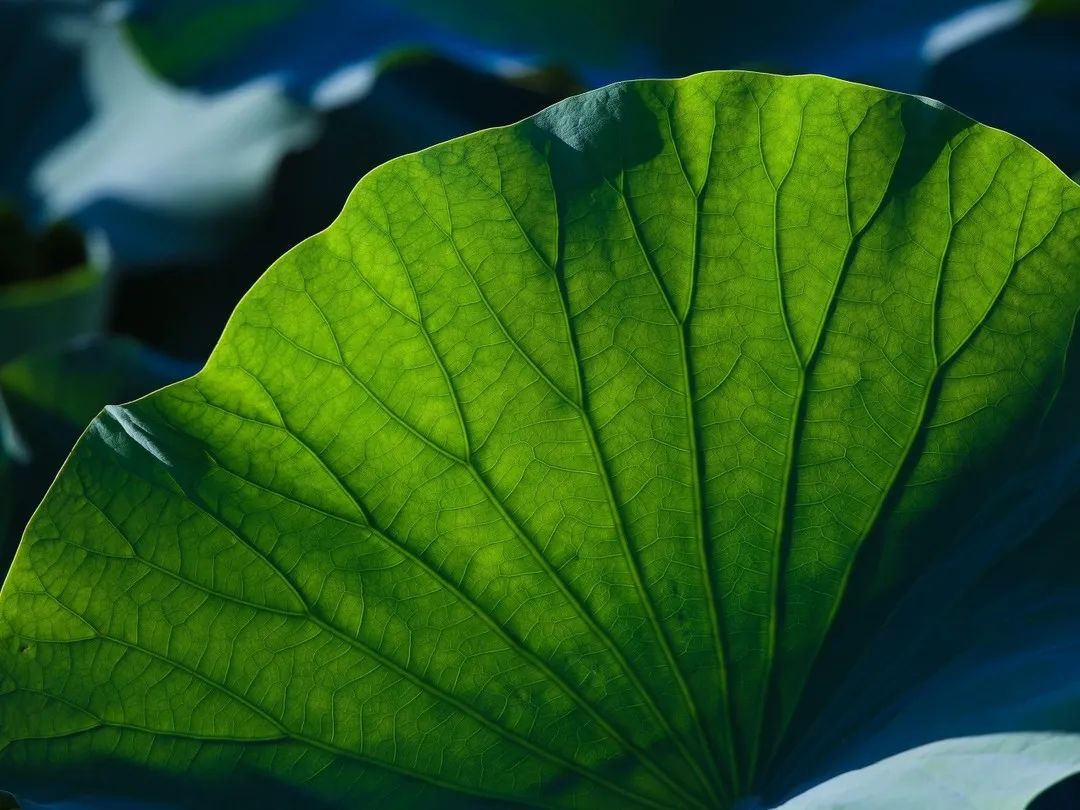
TCM’s understanding of hypertension is reflected in the diagnosis and treatment of diseases such as stroke, headache, and dizziness. It is believed that hypertension falls under the category of TCM’s “liver” diseases, and in clinical practice, “string pulse” is often used to summarize the pulse pattern of hypertension, categorizing it under TCM’s liver yang hyperactivity and internal wind movement.
According to existing data, the earliest clear record of hypertension in TCM was proposed by Zhang Xichun, in the entry for Zhen Gan Xi Feng Decoction in “Medical Records of Traditional Chinese Medicine and Western Medicine.” Zhang stated: “For treating internal wind syndrome (also known as stroke-like syndrome, or what Western medicine refers to as cerebral congestion), the pulse is stringy, long, and forceful (which Western medicine refers to as high blood pressure).” The formula selected is Zhen Gan Xi Feng Decoction or Jian Ling Decoction.

Zhang Xichun’s medical cases also describe the pulse patterns of hypertension: The pulse is large and hard or stringy, long, and forceful; the pulse is solid and forceful; the pulse is surging and solid; the pulse is stringy, hard, and long, especially on the left side; both hands have stringy and hard pulses; the left pulse is stringy and large, with an outward tendency to disperse; the left side is surging, long, and forceful; the pulse is stringy and long, especially on the left side, with significant pressure; the left side is stringy and long, the right side is surging and long, both with significant pressure, etc.
Zhang Shanlei has profound insights into the pulse patterns of hypertension. In “Stroke Interpretation, Volume II: Internal Wind and Pulses,” he systematically discusses the TCM pathology and pulse manifestations of hypertension and its related cerebrovascular diseases. He believes that water deficiency leads to wood movement, fire intensifies wind, qi and blood surge upward, and phlegm and dampness accumulate, resulting in “blood rushing to the brain” as the pathogenesis of stroke, pointing out that “stringy, slippery, large, floating, rapid, turbid, and even surging into fish, rapid beats, and scattered pulses” are all manifestations of hypertension.
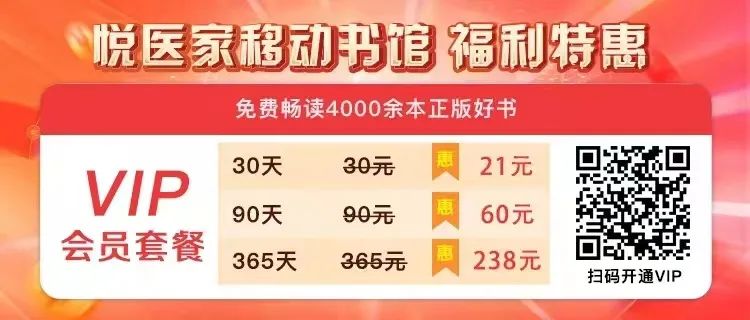
In the Qing Dynasty, Luo Mei in “Collection of Famous Doctors from Ancient and Modern Times, Volume II: Essentials of Pulses” discussed the essentials of pulses in the “Inner Canon” and pointed out a “bo pulse”, which has been rarely discussed in later pulse literature. He stated, “A hard bo pulse indicates excessive liver evil, and all five organs fear it; a weak bo indicates a slight evil, while a strong bo is close to true organ condition; a bo that is overly forceful indicates liver excess.” This discusses the pulse patterns of hypertension from a morphological and TCM pathogenesis perspective.
In summary, diagnosing hypertension solely based on the single pulse characteristic of “string” is incomplete, and more characteristics must be integrated for a comprehensive evaluation. The clinical manifestations of hypertension can find shadows of surging pulse, large pulse, solid pulse, and other traditional twenty-eight pulses. We are more inclined to characterize the pulse of hypertension with composite patterns such as hard bo, stringy and tight, rapid and tight, rapid and forceful, stiff and hard, etc..
Pulse Diagnosis Seminar
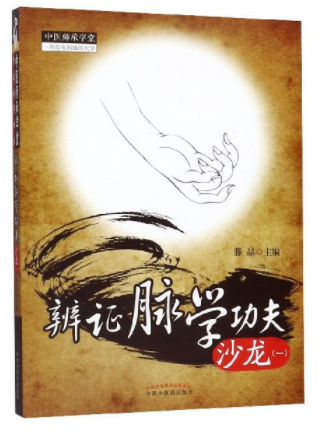
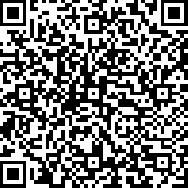
“Pulse Diagnosis Seminar (Volume I)”
Click on the cover to enter the Yuyijia TCM Academy to purchase books
Scan the code for a free trial read
“Pulse Diagnosis Seminar” is founded and organized by Professor Qi Xianghua, a doctoral supervisor at Shandong University of Traditional Chinese Medicine and vice president and secretary-general of the Pulse Research Professional Committee of the World Federation of Chinese Medicine Societies, open to domestic and international pulse diagnosis scholars, experts, and enthusiasts for official QQ group discussions on the clinical application of pulse diagnosis.
Members engage in discussions, questions, and lectures to hone their pulse diagnosis skills and exchange theoretical insights. This book collects the most representative viewpoints, methods, and other theoretical achievements, with detailed content, novel perspectives, and accessible explanations, providing strong inspiration for beginners to vividly grasp the “mysterious” techniques of pulse diagnosis. “The principles of pulse are extremely profound; one pulse conveys the heart’s understanding.”
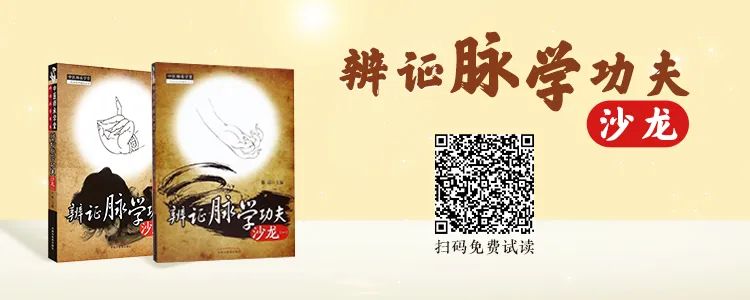
❖This article is for knowledge sharing only and does not constitute a recommendation or promotion of any medication or treatment, nor can it replace professional medical advice. For any medical needs, please consult and contact a legitimate medical institution.
Previous Recommendations
“TCM Genius” Ni Haixia: 12 Tender Points That Can Indicate Illness
In middle age, looking like a young girl: Strategies for achieving a lean physique and hydrated skin
10 Tips to Improve Sleep Quality! A Good Night’s Sleep is More Important!
Copyright Statement
Some content of this article is selected from “Pulse Diagnosis Seminar (Volume I)” (published by China Traditional Chinese Medicine Press, edited by Teng Jing), with all rights reserved by the original author. Published by Yue Reading TCM (WeChat ID: ydzhongyi), Cover and images in the text are sourced from Shetu Network, with copyright belonging to the original author. If there is any infringement, please contact for deletion. Unauthorized reproduction is prohibited!
✦Editor: Lei Chang
✦Reviewer: Liu Zhe
✦Typesetting: Hu Jialin Guo Dongshan
✦Reprint, submission, and cooperation: 2686566100 (QQ number)
Click “Read the Original” to purchase recommended books from this article Share
Share Collect
Collect Click
Click View
View

